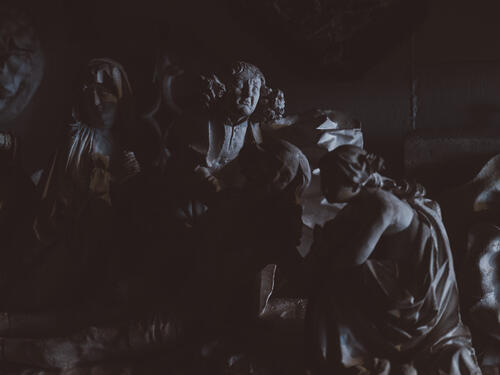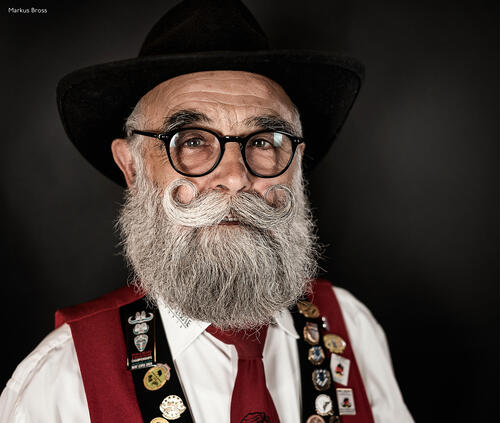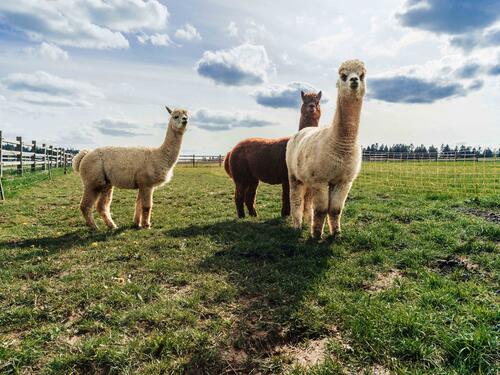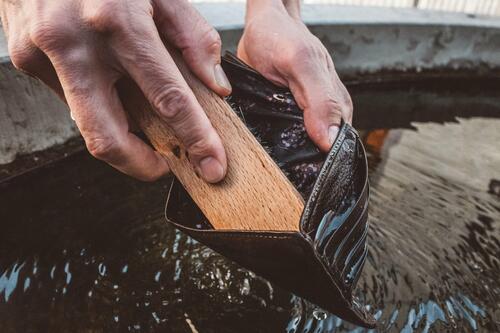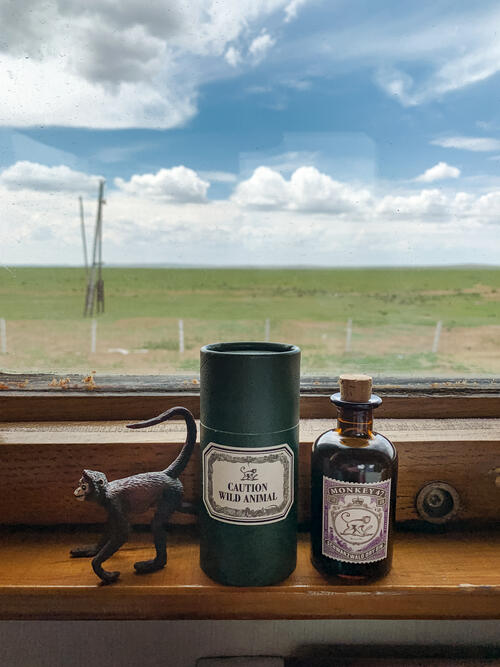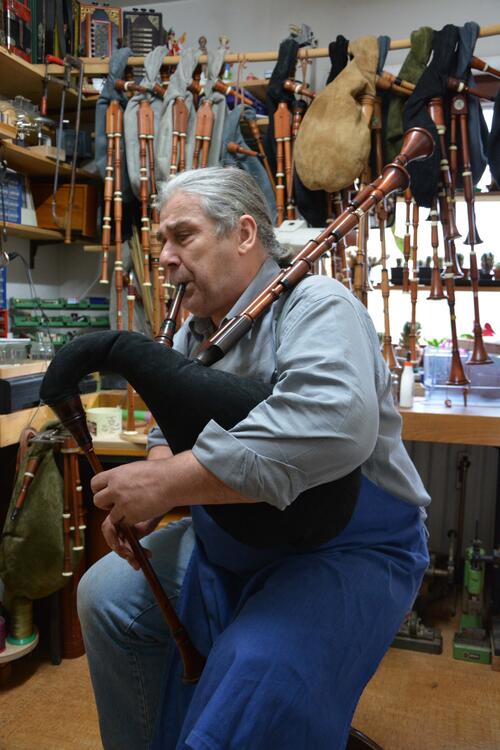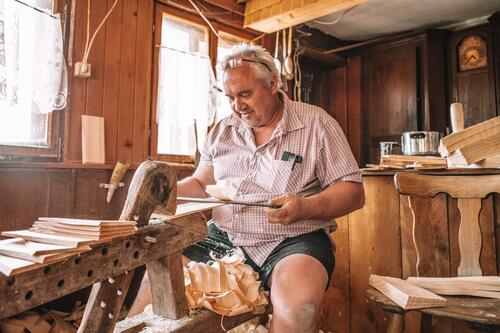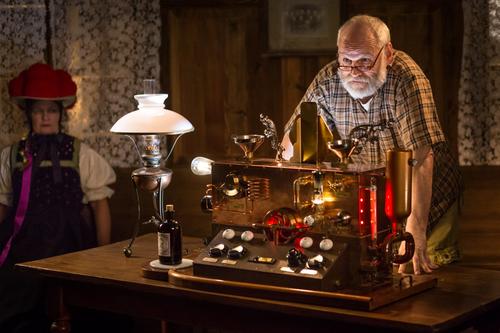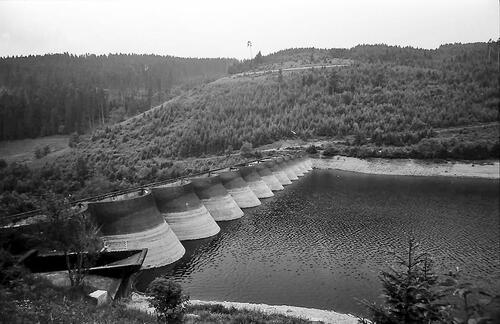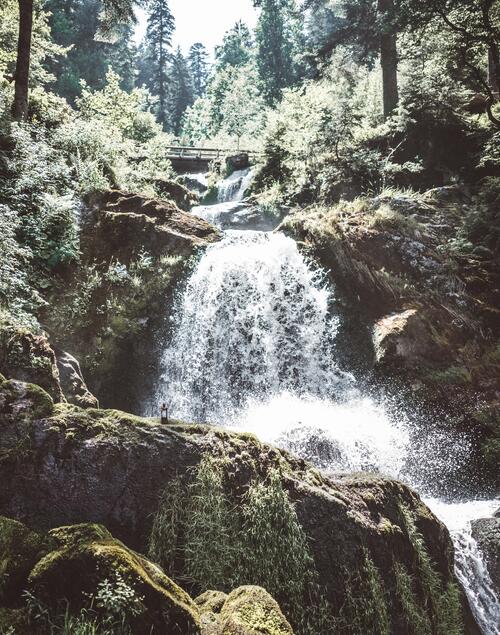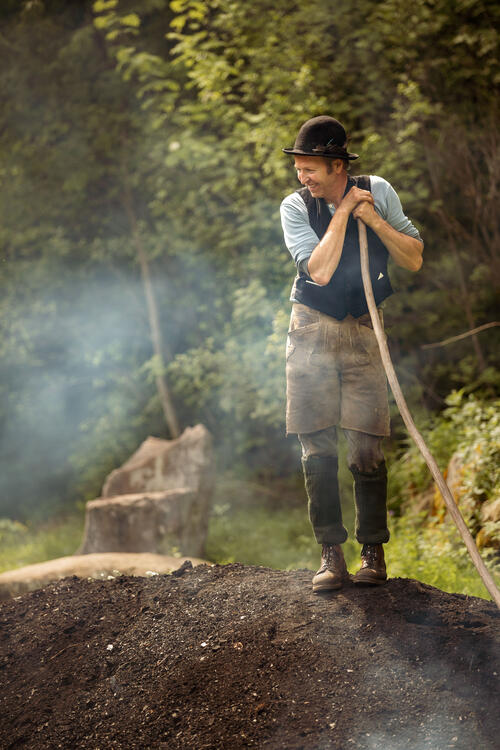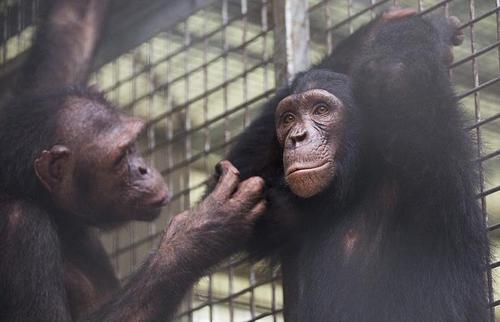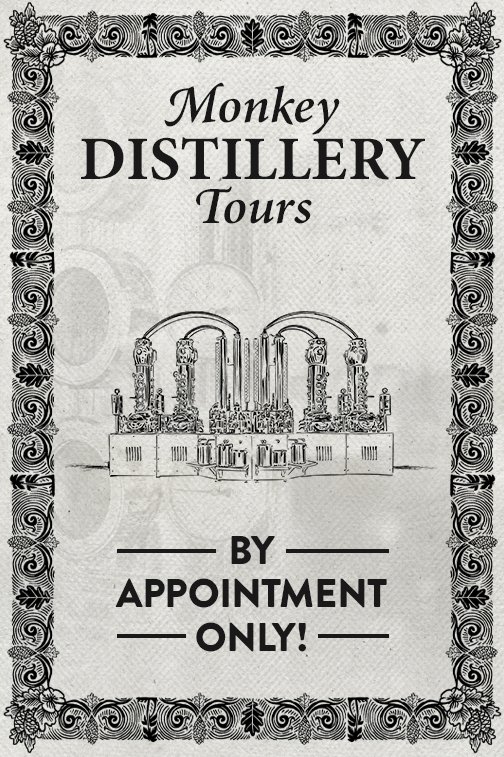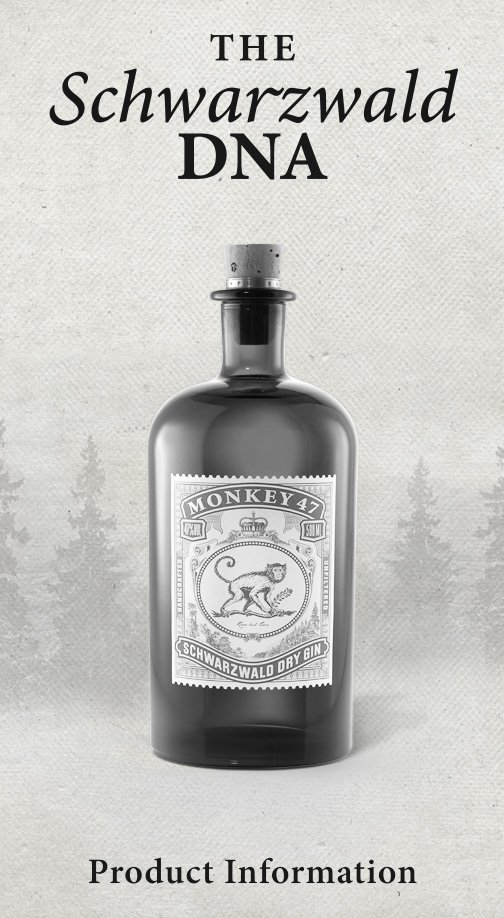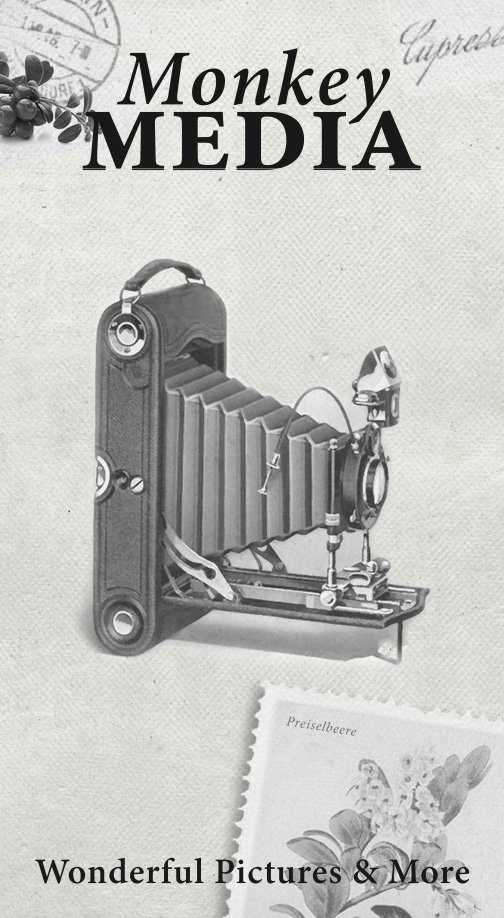Tales from the Black Forest - Floating Villages
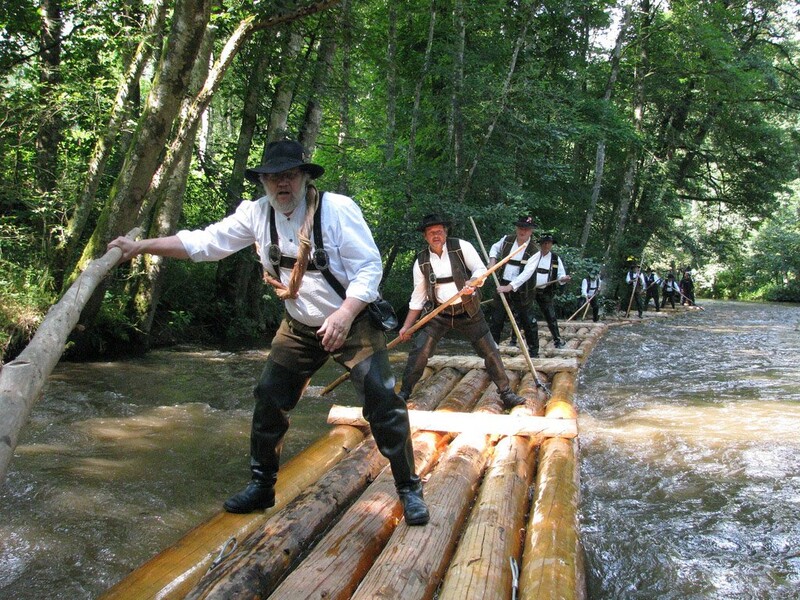
Dusky woodlands, lush green meadows, deep-blue sky, and a traditional farmstead: Monkey 47 is made with plenty of loving care right here in the Black Forest before be-ing shipped out to the entire world. There was a time, however, when the region's landscape was far more dominated by the expansive forests that gave it its name.
Lumber was one of the most important local resources, of course, and it was a good business to be in. What the Black Forest had in excess was a scarce commodity in other places. The Republic of the Seven United Netherlands, for example, needed enormous quantities of lumber for its merchant fleet during its golden age in the 17th century. Right at the top of the Dutch shipyards’ shopping list were long, arrow-straight logs that would make excellent masts for their biggest vessels. This was why Black Forest locals began referring to the most ideal specimens as “Holländer”, or “Dutch-men”.
Black Forest firs were also highly valued as foundation material. In fact, it's said that all of Amsterdam was built on lumber from southern Germany. But how was it possible to transport such large amounts of lumber back then? The answer is simple: Merchants bundled the logs into huge rafts, crewed them with hundreds of men, and shipped them down the Rhine to their customers.
Of course, the felled trees first had to be brought to a raft port on the Rhine. On smaller rafts, one travelled down the valleys on the dammed rivers of the Black Forest, which was difficult and dangerous work that gave rise to tales of rugged raftsmen.
The logs were then re-bundled on the Rhine to form what were called “Dutch rafts”. These vast floating villages consisted of several layers of logs and moving compo-nents that enabled them to manoeuvre through the bends in the river. Slowing down with little notice remained a challenge, however, which was why a ship travelled ahead of these rafts to warn all the other vessels.
Hundreds of labourers lived on board in makeshift sleeping quarters, and the reward for their drudgery consisted mainly of the roast ox and beer they received in the eve-nings.
The facilities on these massive rafts also included a stall for the oxen, a slaughter-house, and storehouses for goods to trade. At dusk, when a raft's tremendous mass was finally brought to a halt on the riverbank by a great many anchors, new passen-gers climbed aboard and travelled in more comfortable accommodations. Once the lumber had completed its long journey, the raftsmen had the arduous footslog back to their home villages to look forward to.
In rafting clubs, Black Forest inhabitants keep the traditions of the trade alive; this in-cludes related festivities during which they raft down the valley as spectators cheer them on. The importance of rafting has waned since the Second World War, with trains and lorries now offering faster, more reliable means of transporting goods. Think of it this way, though: If we had to load Monkey 47 onto a raft in Loßburg and float it all the way to your nearest port, it would take far too long. Thanks to more modern modes of transport, the taste of the Black Forest can take a much more direct route to your glass!




